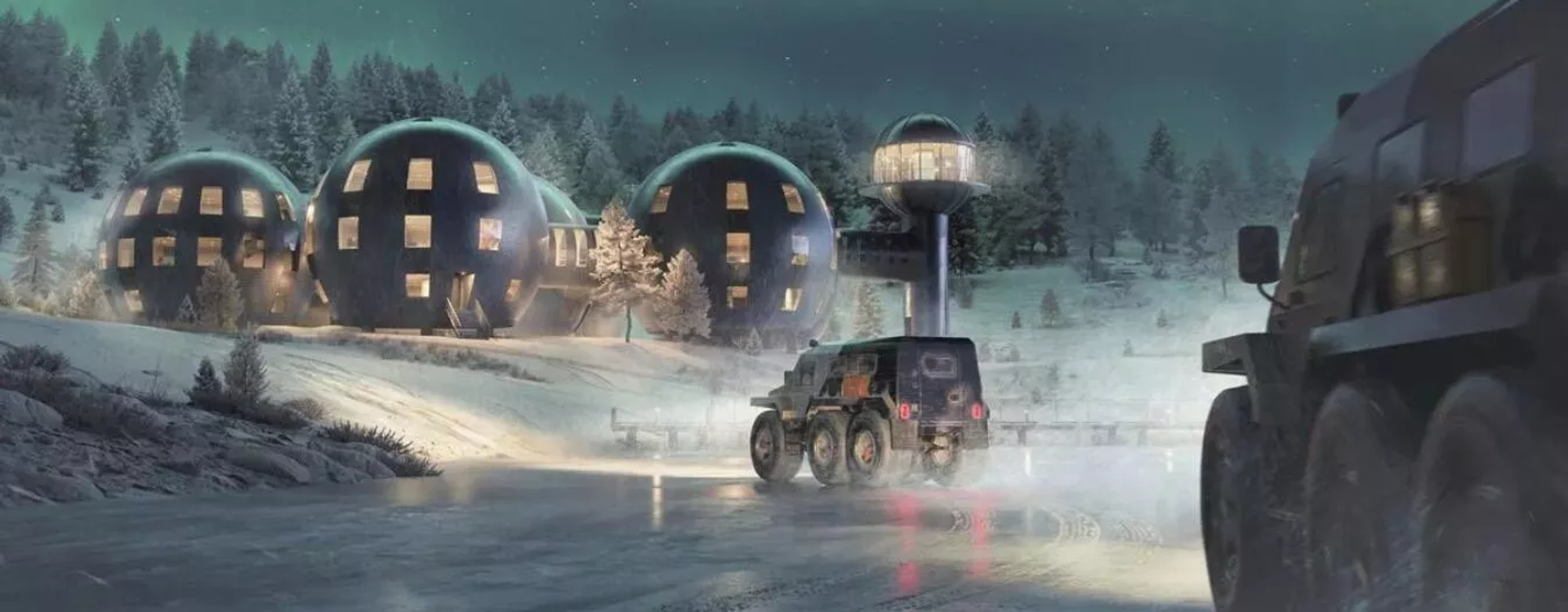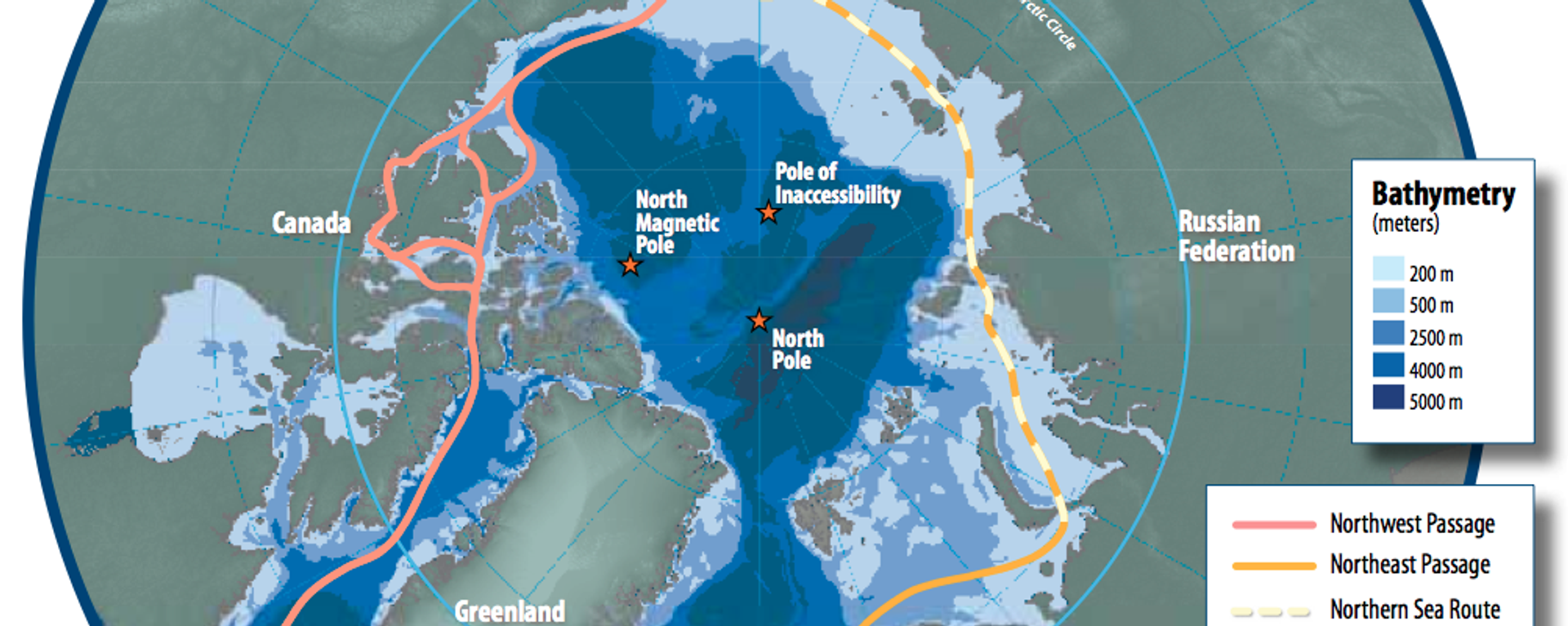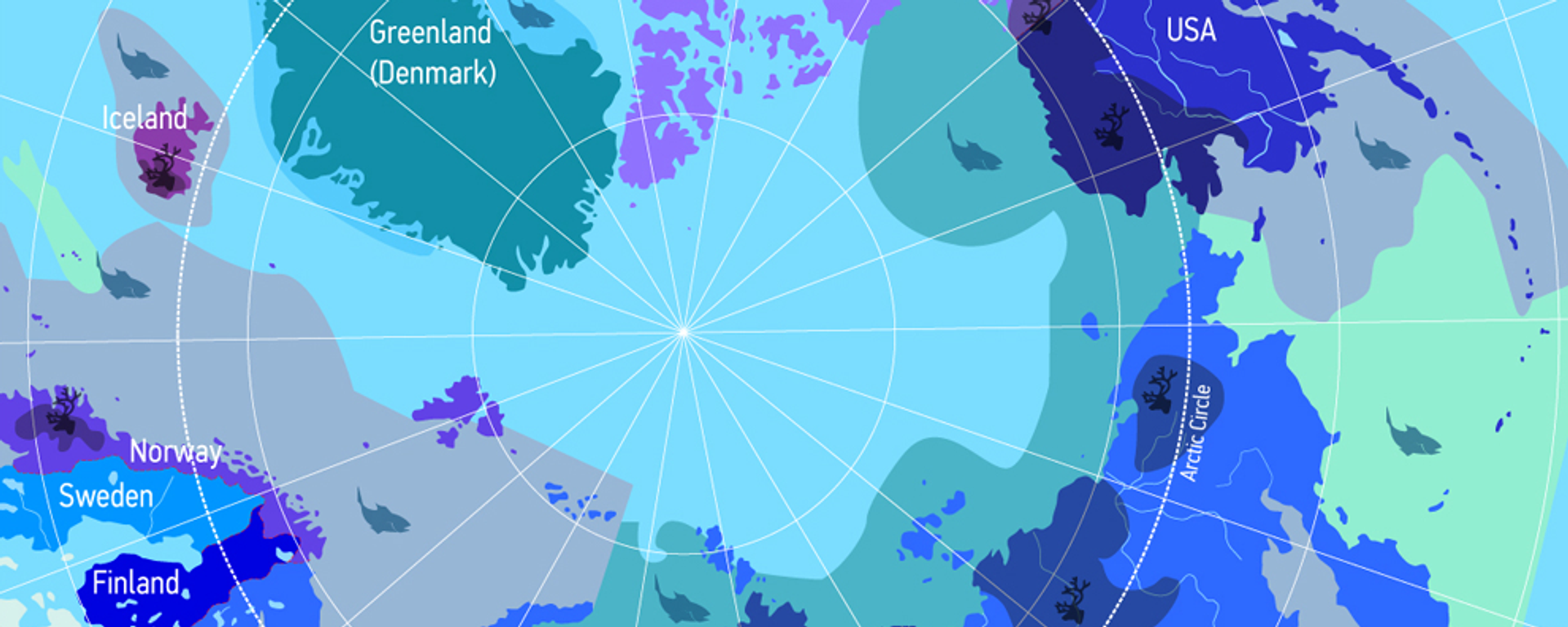https://sputnikglobe.com/20230917/russia-weighs-prospects-of-chinese-warships-patrolling-northern-sea-route-1113433116.html
Russia Weighs Prospects of Chinese Warships Patrolling Northern Sea Route
Russia Weighs Prospects of Chinese Warships Patrolling Northern Sea Route
Sputnik International
The Northern Sea Route is an ambitious maritime artery running through Russia’s Exclusive Economic Zone in the Far North, stretching from the Barents and White Seas in the west to the Sea of Okhotsk and Bering Sea in the east. In time, Moscow expects the shipping lane to account for up to 270 million tons of commercial cargoes every year.
2023-09-17T11:42+0000
2023-09-17T11:42+0000
2023-09-17T11:42+0000
russia
nato
arctic council
arctic
russia
northern sea route
https://cdn1.img.sputnikglobe.com/img/07e7/08/0e/1112579103_0:245:3072:1973_1920x0_80_0_0_3637e8beecd46247426ff18af3ac5078.jpg
Russia can credibly assure the security of the Northern Sea Route independently, without the need for any assistance from its partners, Russia’s top Arctic affairs diplomat has revealed.On the economic cooperation front, Korchunov revealed that Russia and China are getting ready to sign an exciting new collaboration pact related to the Snezhinka (lit. ‘Snowflake’) Arctic hydrogen energy project in the Yamalo-Nenets Autonomous Okrug, which envisions the construction of a fully-autonomous power plant on the basis of clean, renewable energy sources.“A corresponding draft cooperation agreement has been agreed with the Chinese side; the timing and place of its signing are being worked out. All interested scientific and educational organizations, as well as Chinese companies, can join,” he added.Korchunov also stressed that Russia will respond to any efforts by NATO to reinforce its military capability in the Arctic, including in relation to Finland’s accession to the alliance and Sweden’s ambitions to do so.“The strategy of reinforcing NATO’s military capability in this direction…highlights the prevalence of use-of-force scenarios to ensure the alliance’s own security in northern latitudes to the detriment of the security of other countries,” he said. Moscow will respond to these challenges and threats with “a set of necessary measures, including preventative ones,” Korchunov said, citing Russia’s recently updated foreign policy concept, as well as the Russian Arctic Zone Development Strategy.Senior Western leaders and policymakers have expressed growing concerns over the prospect of Russia and China joining forces to create a new Arctic Council-style cooperation pact amid efforts by Western countries to freeze Moscow out of the existing eight-member international intergovernmental forum.Russia has voiced concerns about Western powers’ push to “consolidate under the flag of the NATO bloc” in the Arctic, at the expense of institutional contacts through forums such as the Arctic Council and the Barents Euro-Arctic Council.In March, Moscow listed efforts to “preserve peace and stability, enhance environmental sustainability [and] reduce threats to national security in the Arctic” among the top priorities in its updated foreign policy concept.Northern Sea Route’s ProspectsAmid thawing Arctic temperatures, Russia has sought to turn the Northern Sea Route running from the Barents Sea to the Bering Sea into a major new global trade artery. The 5,550+ km long route is by far the shortest sea artery between Europe and Asia, capable of shaving up to 9,000 km and between 40-60 percent off the time necessary to transfer goods between east and west. Moscow expects the total tonnage of cargoes shipped through the NSR to grow to some 80 million tons by 2024, and increase to up to 270 million tons per year by the year 2035.Washington and its allies have expressed opposition to the NSR, with officials proposing attempting to turn its waters into an international shipping lane outside Russia’s control, including by staging so-called ‘freedom of navigation’ patrols by US warships.Moscow has taken a series of steps to protect its northern waters and EEZ, building a fleet of Arctic-class icebreakers, creating from scratch or repairing over two dozen regional deep-water ports and airfields, creating a new Northern Artic military command, and establishing regional air defense and search and rescue infrastructure. In 2022, Russia also unveiled an updated naval doctrine in which the NSR was named as one of six strategic priority areas for improving Russia’s status as a “great naval power.”
https://sputnikglobe.com/20230605/nato-gets-chills-over-russia-china-arctic-pact-after-freezing-moscow-out-of-arctic-council-1110932280.html
https://sputnikglobe.com/20230522/what-is-northern-sea-route-and-how-can-it-turn-russia-into-arctic-superpower-1110524259.html
arctic
russia
Sputnik International
feedback@sputniknews.com
+74956456601
MIA „Rosiya Segodnya“
2023
News
en_EN
Sputnik International
feedback@sputniknews.com
+74956456601
MIA „Rosiya Segodnya“
Sputnik International
feedback@sputniknews.com
+74956456601
MIA „Rosiya Segodnya“
northern sea route, russia, china, united states, west, warships, ships, eez, exclusive economic zone, trade, maritime trade, route, prospects, people's liberation army navy
northern sea route, russia, china, united states, west, warships, ships, eez, exclusive economic zone, trade, maritime trade, route, prospects, people's liberation army navy
Russia Weighs Prospects of Chinese Warships Patrolling Northern Sea Route
The Northern Sea Route is an ambitious maritime artery running through Russia’s Exclusive Economic Zone in the Far North, stretching from the Barents and White Seas in the west to the Sea of Okhotsk and Bering Sea in the east. In time, Moscow expects the shipping lane to account for up to 270 million tons of commercial cargoes every year.
Russia can credibly assure the security of the Northern Sea Route independently, without the need for any assistance from its partners, Russia’s top Arctic affairs diplomat has revealed.
“We proceed from the fact that Russia is capable of independently and reliably assuring the security of the Northern Sea Route and its infrastructure for the long term,” Ambassador at Large Nikolai Korchunov told Sputnik after being asked to comment on the possibility of Chinese People’s Liberation Army Navy warships engaging in patrols along the Northern Sea Route.
On the economic cooperation front, Korchunov revealed that Russia and China are getting ready to sign an exciting new collaboration pact related to the Snezhinka (lit. ‘Snowflake’) Arctic hydrogen energy project in the Yamalo-Nenets Autonomous Okrug, which envisions the construction of a fully-autonomous power plant on the basis of clean, renewable energy sources.
“This topic was discussed in detail during the latest round of Russian-Chinese consultations on the Arctic on September 7 in Moscow. China’s Ministry of Science and Technology identified Harbin Engineering University as a partner for the Russian coordinator on the creation of the Snezhinka station,” the diplomat said.
“A corresponding draft cooperation agreement has been agreed with the Chinese side; the timing and place of its signing are being worked out. All interested scientific and educational organizations, as well as Chinese companies, can join,” he added.
Korchunov also stressed that Russia will
respond to any efforts by NATO to reinforce its military capability in the Arctic, including in relation to Finland’s accession to the alliance and Sweden’s ambitions to do so.
“The strategy of reinforcing NATO’s military capability in this direction…highlights the prevalence of use-of-force scenarios to ensure the alliance’s own security in northern latitudes to the detriment of the security of other countries,” he said. Moscow will respond to these challenges and threats with “a set of necessary measures, including preventative ones,” Korchunov said, citing Russia’s recently
updated foreign policy concept, as well as the Russian Arctic Zone Development Strategy.
Senior Western leaders and policymakers have expressed growing concerns over the prospect of Russia and China joining forces to create a new Arctic Council-style cooperation pact amid efforts by Western countries to freeze Moscow out of the existing eight-member international intergovernmental forum.
Russia has
voiced concerns about Western powers’ push to “consolidate under the flag of the NATO bloc” in the Arctic, at the expense of institutional contacts through forums such as the Arctic Council and the Barents Euro-Arctic Council.
In March, Moscow listed efforts to “preserve peace and stability, enhance environmental sustainability [and] reduce threats to national security in the Arctic” among the
top priorities in its updated foreign policy concept.
Northern Sea Route’s Prospects
Amid thawing Arctic temperatures, Russia has sought to turn the Northern Sea Route running from the Barents Sea to the Bering Sea into a major new global trade artery. The 5,550+ km long route is by far the shortest sea artery between Europe and Asia, capable of shaving up to 9,000 km and between 40-60 percent off the time necessary to transfer goods between east and west. Moscow expects the total tonnage of cargoes shipped through the NSR to grow to some 80 million tons by 2024, and increase to up to 270 million tons per year by the year 2035.
Washington and its allies have expressed opposition to the NSR, with officials proposing attempting to turn its waters into an international shipping lane outside Russia’s control, including by staging so-called ‘freedom of navigation’ patrols by US warships.
Moscow has taken a series of steps to protect its northern waters and EEZ, building a fleet of Arctic-class icebreakers, creating from scratch or repairing over two dozen regional deep-water ports and airfields, creating a new Northern Artic military command, and establishing regional air defense and search and rescue infrastructure. In 2022, Russia also
unveiled an updated naval doctrine in which the NSR was named as one of six strategic priority areas for improving Russia’s status as a “great naval power.”







